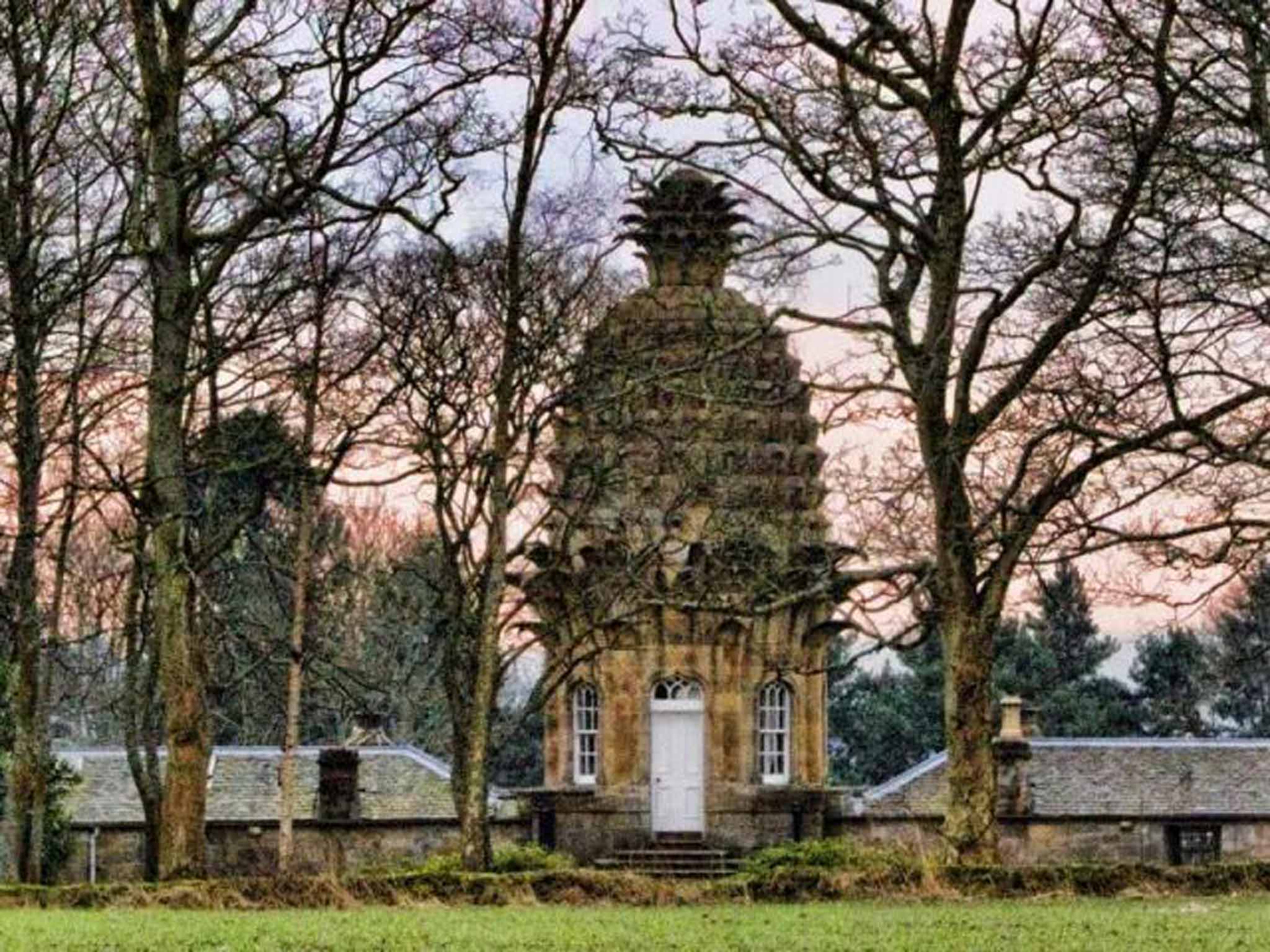The Landmark Trust's historic holiday homes
To the manor born, if only for the weekend

The Landmark Trust, which will mark its 50th anniversary next year, has announced its plans for nationwide celebrations and major new projects in 2015. The charity, which was founded in 1965 by radical politician Sir John Smith (probably the only Conservative politician to have been a member of the union for fairground showmen), saves "at risk" historic buildings around the UK and Europe, partially funding their restoration and upkeep by renting them out to the public as holiday homes.
The trust's eclectic portfolio includes Astley Castle in Warwickshire – one of the few properties with contemporary interiors – which won the Riba Stirling Prize for Architecture in 2013 (and is consequently fully booked almost permanently); an 18th-century house in Penzance with an Egyptian façade; "The Pineapple" in Dunmore, Scotland; and the entire isle of Lundy in the Bristol Channel.
Hundreds of applications for restorations are funnelled down to a handful each year. Current projects are: Belmont, a seaside Georgian villa in Lyme Regis; Ramsgate's St Edward's Presbytery, built by Augustus Pugin (of Palace of Westminster fame); and Llwyn Celyn, a dilapidated 15th-century manor in the Black Mountains for which an urgent appeal for funds has just been launched.
If it all sounds rather exclusive, it isn't. The average cost of the Trust's 200-strong properties is £45 per person, per night. A last-minute three-night break at the Egyptian House this weekend would have set you back £209 for three guests. Moreover, many of the trust's houses are child- and dog-friendly.
A highlight of the celebrations will be Land, Antony Gormley's only solo exhibition next year, which will be held exclusively at Landmark Trust properties. Five life-size human sculptures will be on display at sites chosen by the artist in Suffolk, Dorset, the Mull of Kintyre, Warwickshire and Lundy. They will be unveiled as part of a special Golden Weekend of celebrations on 16-17 May, when 25 Landmarks will also be open to the public.
It's this democratisation of extraordinary architecture that's so appealing. How many people get the chance to spend the night in a castle or a lighthouse? A few years ago, I was lucky enough to stay at Anderton House, built in 1970 and the Trust's first "modern" property when it came into its custody in 2003. What was so intriguing about this resolutely retro family home – Grade II-protected along with its contemporaries, the Trellick Tower and Royal National Theatre in London – wasn't just the Bridget Riley print or the original Eames lounger, but the views through the plate-glass walls. I wasn't looking out at the concrete of London, but the rolling hills of north Devon. In this age of busy cities and disappearing green belts, the chance to be part of a historic fantasy, if only for a week or weekend, is surely something to celebrate.
For more information, see landmarktrust.org.uk
Join our commenting forum
Join thought-provoking conversations, follow other Independent readers and see their replies
Comments
Bookmark popover
Removed from bookmarks